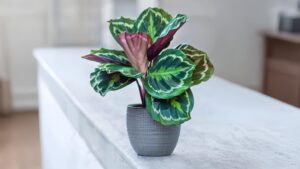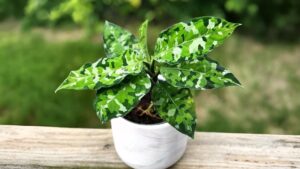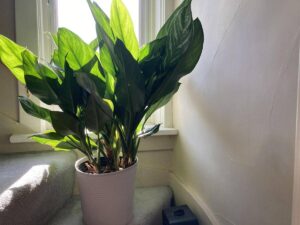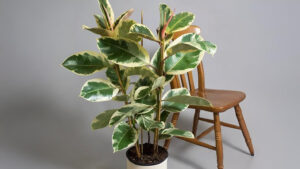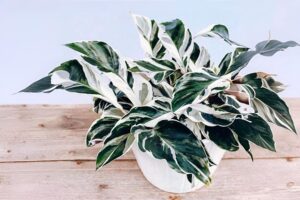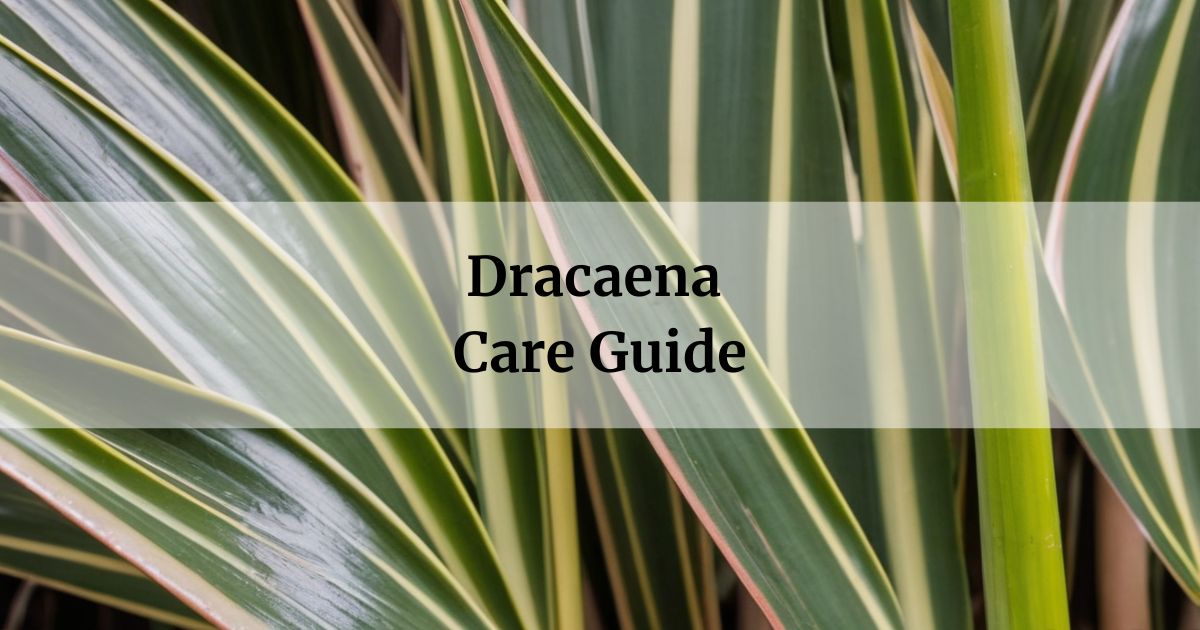
Dracaena, also commonly known as the dragon tree, dragon plant or dragon lily, is one that immediately adds an air of tropical elegance to any indoor space. The name “Dracaena” comes from the Greek word “drakaina” meaning “female dragon”, referring to the reddish resin that oozes from the wounded trunks, which resembles dragon’s blood. With its tall, erect growth habit and strap-like leaves that come in shades of green, red, or gold, the Dracaena can elevate the look of a room. With some water, sun and not too much fuss, this plant has been thriving in my home for years now.
- Pros
- Low maintenance, air-purifying, tropical appearance
- Cons
- Can become leggy without proper pruning and care
In my experience, the Dracaena is one of the most forgiving tropical plants for beginners. It has survived plenty of mistakes on my part without complaining.
In this article
Appearance of the Dracaena
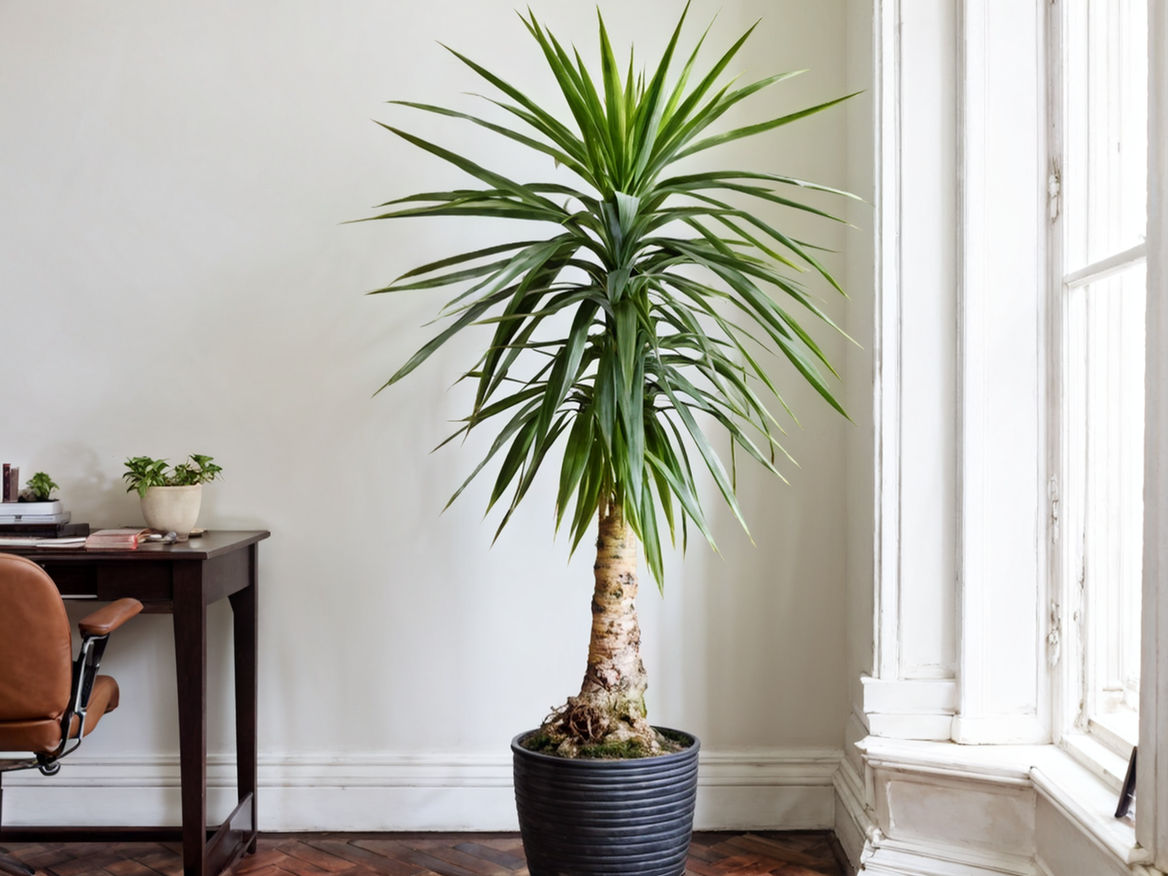
You can easily appreciate the Dracaena from a distance with its stately shape and tropical appearance. But get up close and you’ll notice fascinating details like its parallel veins running the full length of each strap-like leaf. These leaves come in so many colorful varieties too – from classic green to shades of bright gold, pink-edged green, and more. I know from experience these colors really pop when given some direct morning sunlight.
The Dracaena plant possesses long, thin leaves that originate from the top of slender, upright stalks. Its leaves are typically ranging from 12-24 inches in length with parallel veins running the length of each leaf. The leaves come in various colors such as solid green, emerald green edged with pink, or bright yellow. These sword-like leaves give the plant a gracefully arched appearance. It is a beginner-friendly plant that does well in medium to low light conditions.

The Dracaena plant has a wide variety of species, each with distinct appearances:
Dracaena marginata (Dragon Tree):
- Slender, multi-trunked tree with narrow, sword-shaped leave
- Leaves have reddish-purple margins
- Grows up to 15-20 feet tall
Dracaena fragrans (Corn Plant):
- Large, lush plant with broad, glossy green leaves
- Leaves can reach 2-3 feet long
- Compact, bushy growth habit
Dracaena deremensis (Janet Craig):
- Compact, upright habit with broad, arching leaves
- Leaves are a deep, glossy green color
- Grows up to 6-8 feet tall
Dracaena godseffiana (Gold Dust Dracaena):
- Small, shrubby plant with mottled, gold-speckled leaves
- Leaves are short, broad, and curved
- Grows to a maximum of 3-4 feet tall
Dracaena reflexa (Song of India):
- Arching, upright leaves with reddish-pink edges
- Leaves are long and narrow, up to 2 feet long
- Forms a multi-stemmed, tree-like appearance
RELATED: My Top 5 Most Beautiful Houseplants
Great for People who:
Want to add some tropical vibes to their home without too much effort
- Pet Owners:
- Dracaena plants are non-toxic to pets, unlike many other common houseplants.
- This makes them a safe choice for households with dogs, cats, or other pets.
- Space-Constrained Homes:
- Compact Dracaena varieties like the Janet Craig and Massangeana can fit well in small spaces.
- They can be grown as floor plants or on tabletops without taking up too much room.
- Beginner Plant Owners:
- Dracaena are relatively easy to care for and tolerate a wide range of conditions.
- They are forgiving of occasional under or overwatering, making them a good choice for new plant owners.
Great for these Spaces:
The diverse range of Dracaena species allows for incorporating them into various interior design styles, from modern to traditional. Their striking foliage can be a statement piece in a room.
Caring for Dracaena
The Dracaena is a low maintenance plant that is suitable for beginners. It only requires occasional watering, mild fertilizer in the growing season and pruning of leggy stalks.
Its thick, waxy leaves hold in moisture so I found that I could get away with forgetting to water it for a week or two without issues. However, I quickly learned that underwatering is better than overwatering, which can lead to root rot issues. The tips of the leaves would start to brown if soil stayed too wet.
Toxicity Level of Dracaena
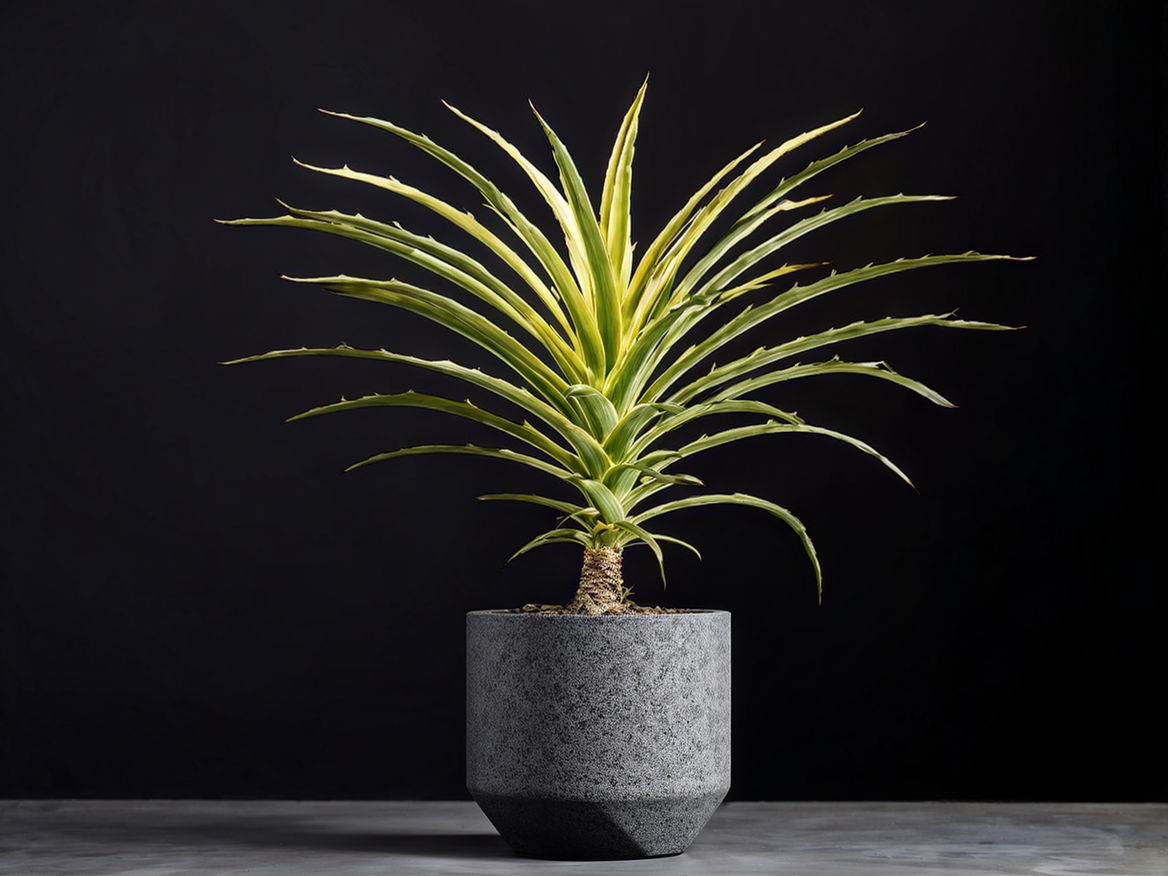
Dracaena plants generally have a moderate level of toxicity, posing more of a risk to pets than to humans. When it comes to human health, Dracaena is considered to be non-toxic or low-toxic if ingested. Consuming large quantities of the plant may cause mild gastrointestinal upset, such as vomiting or diarrhea, due to the presence of saponins in the leaves and stems. However, Dracaena is not considered a serious health hazard for humans, especially when kept out of reach of young children.
The story is quite different when it comes to pets. Dracaena plants are toxic to cats, dogs, and other household pets if ingested. Consuming parts of the Dracaena plant can cause vomiting, lethargy, incoordination, and other serious symptoms in pets. The toxins in Dracaena are primarily concentrated in the leaves and stems, so it is crucial to keep these parts of the plant out of reach of curious pets.
Light Requirements for the Dracaena
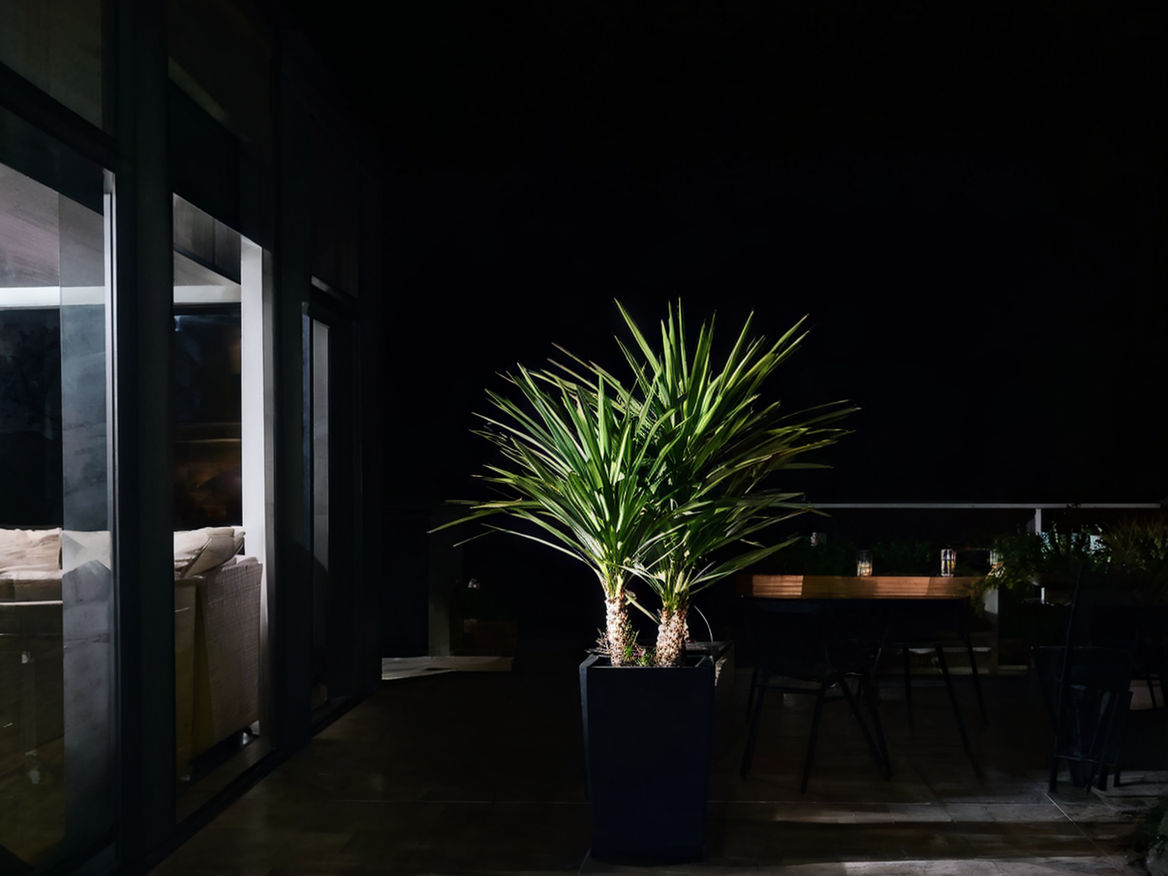
Speaking of lighting, I originally had my Dracaena in very low-light conditions near an enclosed patio. It didn’t seem too bothered at first since they are very tolerant plants. However, over time the stalks started getting incredibly leggy as it stretched for more light. Once I moved it to brighter indirect light by a large east-facing window, it transformed and branched out with full, bushy growth much more suitable for indoor display.
The Dracaena thrives in bright, indirect sunlight but can tolerate low light conditions as well. It should be placed within 3-5 feet of an east or west facing window to receive morning or afternoon sunlight. Under grow lights, the light should reach 500-1000 lumens for several hours per day.
| Light Conditions | Effect on Prayer plant |
|---|---|
| Bright Indirect Light | Thrives and grows well |
| Low Light | Tolerates but may become leggy |
| Direct Sunlight | Leaves may burn or fade in direct sun |
Watering the Dracaena
Another key thing I’ve learned is that while Dracaenas don’t need frequent watering, they do appreciate moisture during their growing season. The trick is to wait until the top few inches of soil are dry before watering thoroughly. At first, I often neglected this step and dealt with brown crispy tips. But watching the soil closely and watering only when dry has eliminated this issue.
- Check soil moisture by sticking your finger 1-2 inches into the soil
- Water thoroughly until water drains from the bottom of the pot
- Discard any standing water 15 minutes after watering
- Cut back watering in winter when plant growth is slower
Fertilizing the Dracaena
Fertilize your Dracaena every 2-3 months during the active growing season with a balanced, water-soluble houseplant fertilizer. Dilute the fertilizer to half or quarter strength according to label instructions.
| Month | Recommended Dosage |
|---|---|
| Spring (March-May) | Apply fertilizer at full strength every 2-3 weeks |
| Summer (June-August) | Apply fertilizer at full strength every 2-3 weeks |
| Fall (September-November) | Apply fertilizer at 1/2 strength every 4 weeks |
| Winter (December-February) | No fertilizer – allow plant to rest |
Potting the Dracaena
Repot the Dracaena every 2-3 years or when rootbound. Use a well-draining potting mix suitable for foliage plants and a pot with adequate drainage holes. Gently remove from current nursery pot and tease out any crowded roots. Replace in new pot and water. Trim any circling roots as needed.
Propagation of Dracaena
I’ve had success propagating Dracaena through stem cuttings. Simply cut 6-8 inch stems below a node, remove lower leaves and place in water. Within a few weeks, you’ll see roots and was able to pot the new plants. It’s very rewarding to grow new Dracaena plants from clippings!
Growth and Development of the Dracaena
Dracaena plants thrive in warm temperatures between 70-80°F with moderate humidity around 50%. In the spring and summer, they will see active growth with unfolded leaves. The best time to purchase and repot Dracaena is in late spring or early summer for the growing season. Regular dusting of the foliage every 1-2 weeks will help keep leaves clean and photosynthesizing well.
Managing Pests and Diseases for the Dracaena
Dracaena are generally very low maintenance plants. Occasionally, they may attract common houseplant pests like spider mites or scale insects. Check leaves regularly and treat any infestations promptly by spraying down both sides of leaves with a dilute solution of insecticidal soap. Isolate any affected plants to avoid spreading issues.
Complimentary Plants with your Dracaena
All in all, the Dracaena is an excellent choice for beginner plant parents looking to decorate their home with a beautiful, easy to care for tropical plant. With its stately appearance and low water needs, this plant is sure to thrive!
Frequently asked questions
How big will a Dracaena get?
Most Dracaena varieties will reach 3-6 feet tall indoors.
Why are the tips of my Dracaena leaves turning brown?
This is likely due to overwatering. Allow the soil to dry more between waterings.
Can I move my Dracaena outdoors in the summer?
Dracaena prefer indoor conditions. Gradual acclimation is needed if moving outdoors, and make sure to choose a spot with indirect light.
Overall, the Dracaena is a great intro plant for someone wanting an impactful tropical look with minimal effort. Feel free to ask me if you have any other questions! I’m always happy to share more of what I’ve learned from my own experience caring for these beautiful plants.
Happy gardening!
